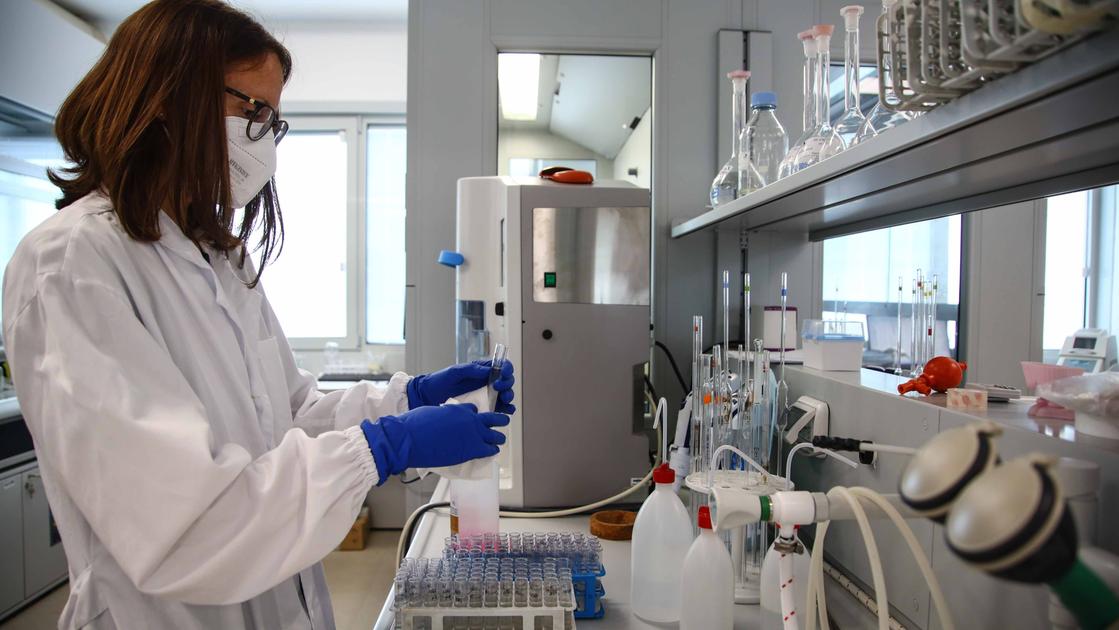Milan – La White ears And yeast fungus isolated for the first time in 2009 in Japan from a sample froma woman’s ear. Unlike other known forms of Candida, it performs in unexpected and troubling wayscausing serious clinical pictures in fragile people (newborns, the elderly, patients with a debilitated immune system or with chronic diseases), so much so that the experts of the Ccm (Centers for the prevention and control of diseases) of the various Nations have defined it as a “serious threat to global health“.
The Candida auris molecule
Super strong
The main characteristics that make Candida Auris dangerous are its resistance to the main categories of antifungalsits ability to survive for a long time in the environmentand the difficulties of eradicating it from the organism.
Difficult identification
Being then a mushroom of recent identification, it is still difficult to identify it in analysis laboratories, which do not have specific technologies with consequent inappropriate management of infected people and the possible development of outbreaks. Often, in laboratory tests Candida auris can be confused with other species of Candida (in particular Candida haemulonii): for this tests based on MALDI-TOF (Matrix Assisted Desorption Ionization-Time Of Flight) technology are necessary, although not all Reference databases of these machines include this species.
Mortality
Based on the data available up to now, the lethality of the invasive form is between 30% and 70% of cases. The infection that manages to get to the blood is fatal for half of the patients within 90 days. Until now, however, Candida auris has caused sporadic episodes and epidemics in hospital settings, but it remains a special observation and adds to the array of microorganisms that within a few decades could seriously threaten global health.
How it is transmitted
Candida auris can be transmitted through contact with contaminated surfaces or through contact between colonized or infected people. Patients who have pre-existing health problems who are hospitalized or in nursing homes and require bladder catheters, central venous catheters, tracheostomy tubes are more at risk.
The links with Covid 19
The Ministry of Health explains that “Many characteristics of this microorganism are not yet clear, such as, for example, its origin and resistance mechanisms and the reasons for the frequent infections that have occurred in recent years in different places around the world. Several scientific studies warn about the frequency of C. auris infections in COVID-19 patients in various countries.
Symptoms to watch out for
The signs and symptoms of Candida auris infection vary according to the affected body site, however the symptoms may not be evident as patients who contract the infection are often already hospitalized and suffering from other conditions that can hinder their diagnosis. The most frequent clinical pictures are bloodstream infections, intra-abdominal infections, wound infections, otitis. The fungus has been isolated from bile fluid, the respiratory tract and urine, but it is not yet clear whether it can cause lung and bladder infections.
How to cure
Most Candida auris infections are treatable with one class of antifungals, the echinocandins. Some infections are particularly difficult to treat due to multi-resistance, which requires therapy with more drugs and higher doses. Even after treatment for invasive infections, patients generally remain colonized for long periods, therefore, all infection control measures should be followed during and after treatment of the infection, because patients who become colonized are at risk of developing invasive infections at any time.
infected patients
Patients potentially or already colonized or infected must be hospitalized in a single room and all visitors and assistance personnel must observe correct hand hygiene (with soap and water or hydroalcoholic solution or chlorhexidine), wear disposable gowns and gloves, ensure decontamination of equipment and devices used by other patients.
